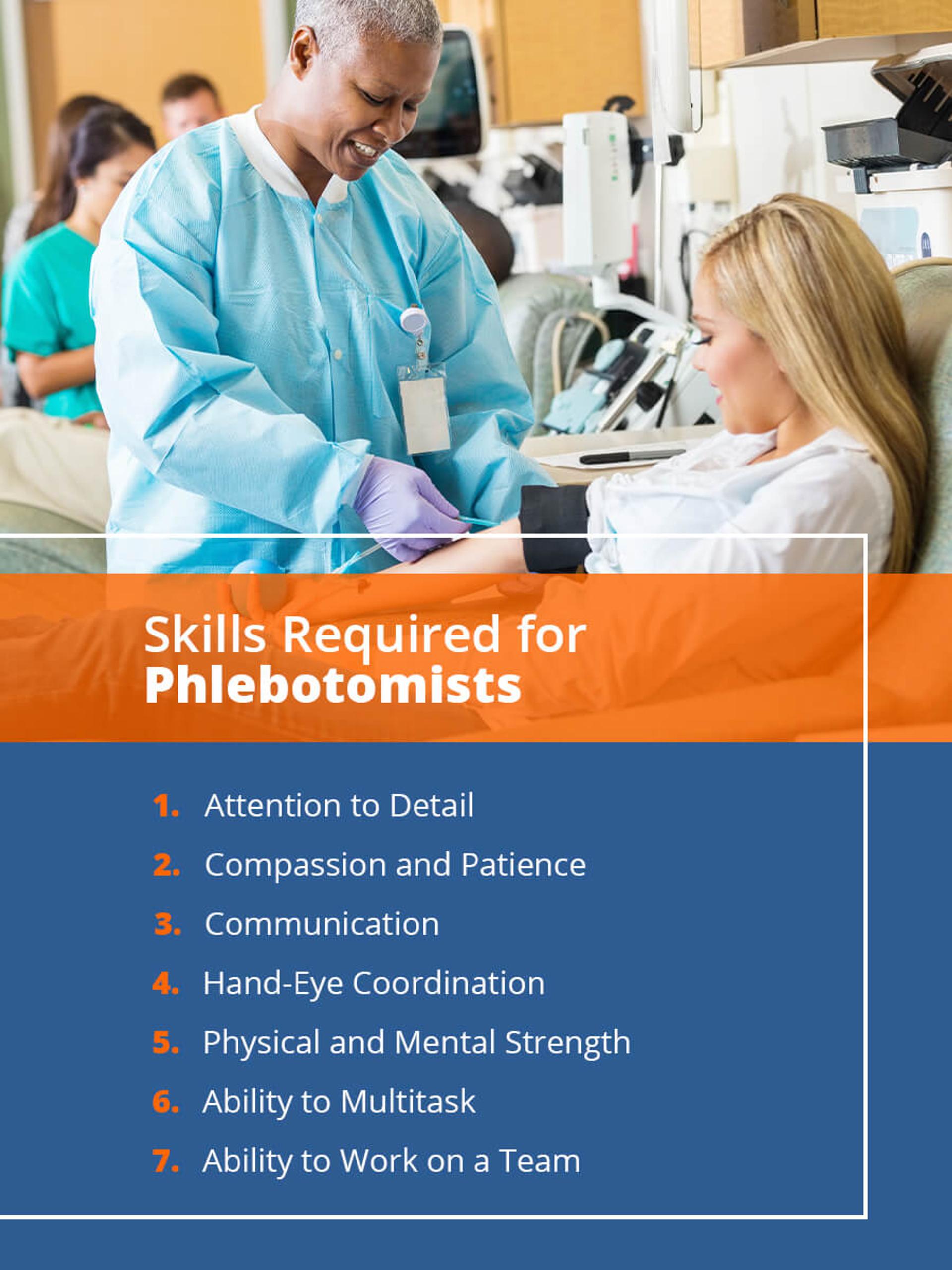The Main Principles Of Northeast Medical Institute - New Haven Campus Phlebotomy Course & Cna Class
The Main Principles Of Northeast Medical Institute - New Haven Campus Phlebotomy Course & Cna Class
Blog Article
Unknown Facts About Northeast Medical Institute - New Haven Campus Phlebotomy Course & Cna Class
Table of ContentsNortheast Medical Institute - New Haven Campus Phlebotomy Course & Cna Class Can Be Fun For Anyone4 Easy Facts About Northeast Medical Institute - New Haven Campus Phlebotomy Course & Cna Class ExplainedUnknown Facts About Northeast Medical Institute - New Haven Campus Phlebotomy Course & Cna ClassAll About Northeast Medical Institute - New Haven Campus Phlebotomy Course & Cna Class10 Simple Techniques For Northeast Medical Institute - New Haven Campus Phlebotomy Course & Cna ClassAll about Northeast Medical Institute - New Haven Campus Phlebotomy Course & Cna Class
Nonetheless, making use of such gadgets must be accompanied by various other infection avoidance and control practices, and training in their use. Not all safety and security devices apply to phlebotomy. Prior to choosing a safety-engineered tool, customers must extensively explore offered tools to establish their ideal usage, compatibility with existing phlebotomy techniques, and efficiency in shielding personnel and individuals (12, 33).For settings with low resources, expense is a driving variable in procurement of safety-engineered devices. Where safety-engineered gadgets are not readily available, competent usage of a needle and syringe is appropriate.
labelling); transport problems; interpretation of results for medical management. In an outpatient department or facility, supply a devoted phlebotomy cubicle containing: a tidy surface area with two chairs (one for the phlebotomist and the various other for the patient); a hand clean basin with soap, running water and paper towels; alcohol hand rub. In the blood-sampling area for an outpatient department or center, provide a comfy reclining sofa with an arm remainder.
Some Known Questions About Northeast Medical Institute - New Haven Campus Phlebotomy Course & Cna Class.
Ensure that the indicators for blood tasting are clearly specified, either in a composed protocol or in documented directions (e.g. in a laboratory kind). Collect all the tools needed for the procedure and place it within safe and simple reach on a tray or trolley, ensuring that all the products are plainly visible.
Introduce on your own to the individual, and ask the client to specify their complete name. Examine that the research laboratory form matches the patient's identity (i.e. match the person's information with the laboratory type, to ensure exact identification).
Make the patient comfortable in a supine position (if feasible). Place a clean paper or towel under the person's arm. Go over the test to be executed (see Annex F) and get verbal permission. The person has a right to refuse an examination at any time before the blood sampling, so it is necessary to ensure that the individual has actually understood the treatment.
An Unbiased View of Northeast Medical Institute - New Haven Campus Phlebotomy Course & Cna Class
Prolong the person's arm and examine the antecubital fossa or lower arm. Situate a capillary of an excellent size that shows up, straight and clear. The diagram in Section 2.3, reveals common settings of the vessels, yet several variants are feasible. The median cubital capillary lies between muscular tissues and is typically the most easy to pierce.
DO NOT put the needle where veins are drawing away, since this raises the opportunity of a haematoma. Locating the capillary will certainly aid in identifying the correct size of needle.
Samplings from main lines carry a threat of contamination or wrong lab examination results. It is appropriate, but not excellent, to attract blood specimens when initial introducing an in-dwelling venous device, before linking the cannula to the intravenous liquids.
How Northeast Medical Institute - New Haven Campus Phlebotomy Course & Cna Class can Save You Time, Stress, and Money.
Enable the location to completely dry. Failing to permit adequate call time enhances the danger of contamination. DO NOT touch the cleaned site; in particular, DO NOT place a finger over the blood vessel to direct the shaft of the exposed needle. It the website is touched, repeat the disinfection. Do venepuncture as complies with.
Ask the client to develop a hand so the blood vessels are more prominent. Get in the vein swiftly at a 30 level angle or much less, and remain to introduce the needle along the blood vessel at the easiest angle of entry - CNA Courses. When adequate blood has actually been gathered, release the tourniquet BEFORE withdrawing the needle
Northeast Medical Institute - New Haven Campus Phlebotomy Course & Cna Class Things To Know Before You Get This
Withdraw the needle delicately and apply mild stress to the site with a tidy gauze or dry cotton-wool round. Ask the client to hold the gauze or cotton woollen in position, with the arm prolonged and raised. Ask the person NOT to bend the arm, due to the fact that doing so triggers a haematoma.

Get This Report on Northeast Medical Institute - New Haven Campus Phlebotomy Course & Cna Class
Where feasible, keep the tubes in a shelf and relocate the shelf towards you - https://visual.ly/users/gordonmarvin28/portfolio. If the example tube does not have a rubber stopper, infuse exceptionally slowly right into the tube as minimizing the stress and velocity utilized to transfer the specimen lowers the threat of haemolysis.

Report this page